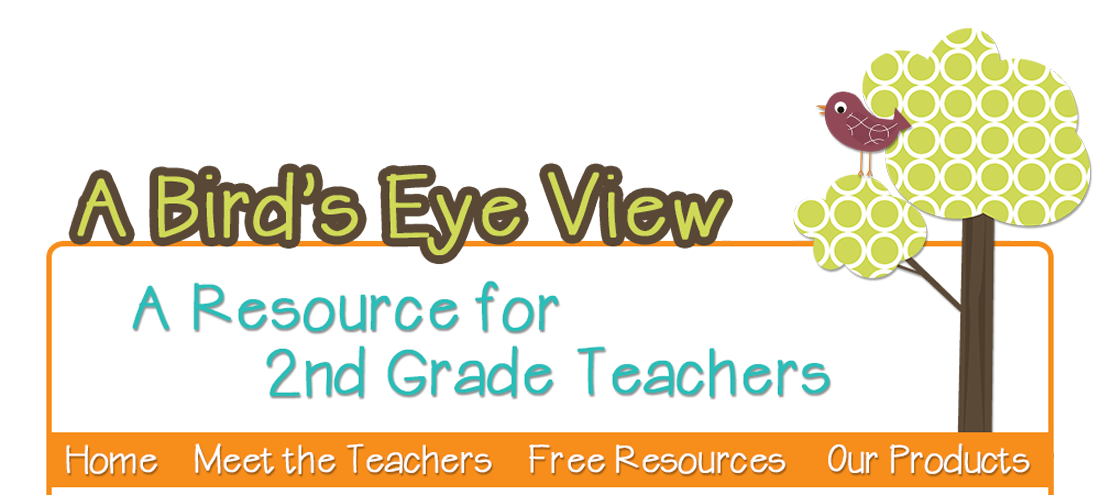In my last post, I shared a few ideas to integrate art into our Social Studies unit on ancient China. We always follow up ancient China with ancient Egypt which gives me more opportunities to bring in some fun art projects.
One of our messiest projects is making our own "papyrus" paper. I made a mixture of about 3 cups of warm water and 1 cup of flour. Then we soaked strips of yellow construction paper in the mix, gently squeezed them out, then laid them, overlapping, on foil. We did two layers- one horizontal and one vertical- to make sure the strips really stuck together to make paper.
 |
| Soaking the paper strips |
 |
| Putting down the first layer |
 | ||
| Beginning the second layer |
After letting the papyrus paper dry for a day, we wrote on them a message in hieroglyphics. I didn't manage to get any pictures, but the students always rise to the challenge of writing in hieroglyphics!
Our second project also involved hieroglyphics. Students made a cartouche with their names. We made them into necklaces so they kids could show them off. In past years we've made the cartouches out of clay, but we ran out of time this year and took a simpler approach.
 |
| Decorating the cartouche |
 |
| Cutting out |
 | ||
| A rather large necklace! |
Our final project was making a pharaoh's necklace. I didn't manage to get any pictures- we did this the day before spring break!- but the idea came from this pin.
Finally, if you're looking for a fun way to introduce or review your ancient Egypt unit, check out my Ancient Egypt QR Code Hunt. Students scan the codes to answer questions about ancient Egypt. It's an easy way to fit in technology and research!























